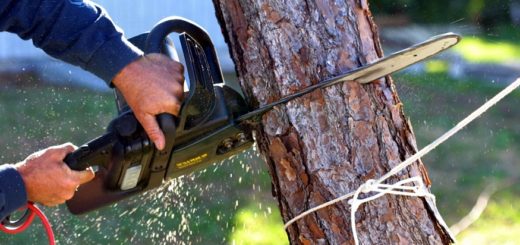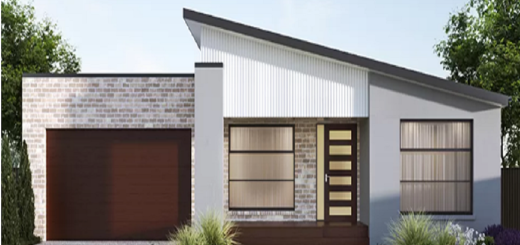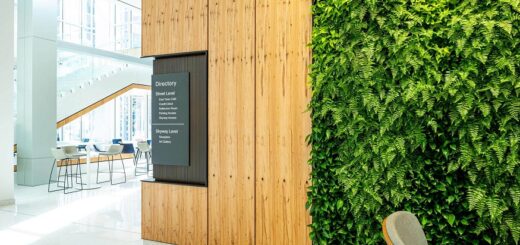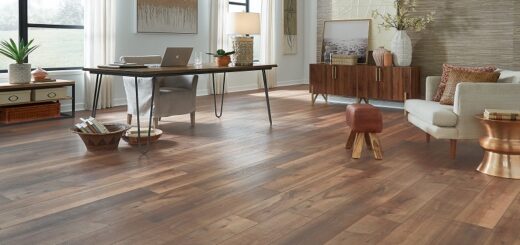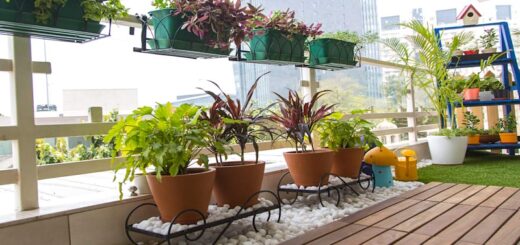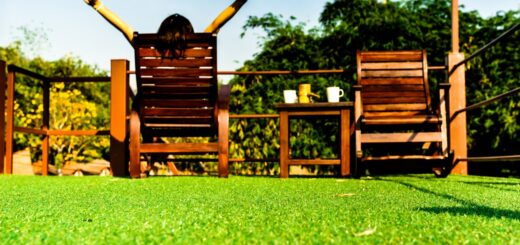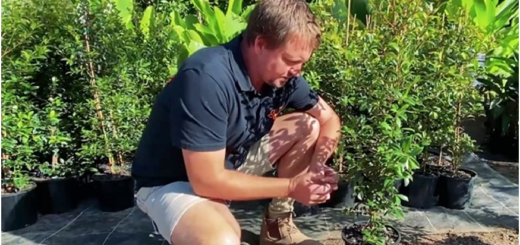How to Make Hummingbirds Feel at Home in Your Yard
Are you looking to attract more hummingbirds to your yard?
Hummingbirds are more than just beautiful creatures to look at. They can also help improve the health of your garden. Hummingbirds and flowers have a mutually beneficial relationship.
Hummingbirds get food through plants in the form of nectar, and in return, hummingbirds pollinate plants so they can grow. But how do you attract hummingbirds to your garden?
Check out this guide to learn how to attract hummingbirds to your yard.
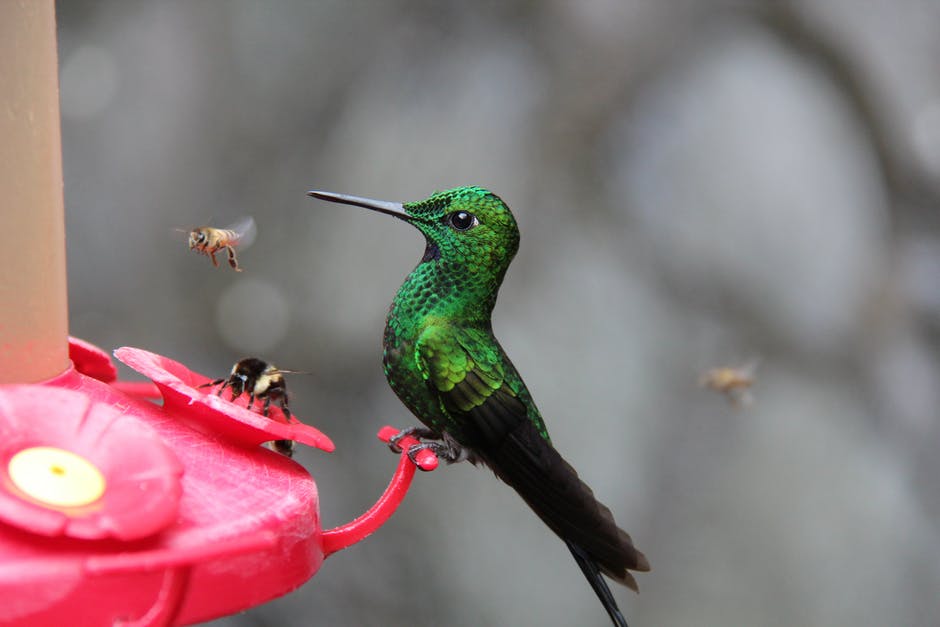
1. Plant the Right Flowers
Planting the right flowers is essential when it comes to attracting hummingbirds to your yard. The types of flowers you should plant will depend on the hummingbird species that live in your area.
In North America, for example, most hummingbirds are attracted to bright, red flowers. If you live in North America, here are some bright red flowers you should plant in your yard:
- Columbines
- Daylilies
- Penstemons
- Cardinal flowers
- Hibiscus
- Bee balm
- Coral bells
- Peonies
- Garden phlox
- Oriental poppies
- Trumpet creepers
There are also non-red flowers that help attract hummingbirds, such as lupines, butterfly bushes, zinnias, and salvias. If you don’t have space to plant any more flowers, you can also tie red ribbons around the tree to attract more hummingbirds.
2. Choose the Right Hummingbird Feeder
In addition to selecting the right flowers to plant, you also need to ensure you choose the right hummingbird feeder. The right feeder will attract more hummingbirds to your yard, as it provides fresher nectar and can also supply more nectar late in the season.
When it comes to hummingbird feeders, you have two main types to choose from: saucer feeders and vacuum feeders. A saucer feeder is a bowl-shaped reservoir. Hummingbirds access nectar in saucer feeders by probing their beaks down into the feeding port.
A major advantage of saucer feeders is that they’re resistant to leakage. However, some designs are difficult to clean.
On the other hand, vacuum feeders are essentially inverted bottles that have a feeding port at the bottom. As a hummingbird probe the feeding port, small amounts of nectar are released. Vacuum feeders are easy to clean and refill. However, they’re more likely to leak than saucer feeders.
When choosing a hummingbird feeder, you also need to make sure that the feeding port is the right size. If the feeding port is too small, hummingbirds will have difficulty getting nectar out of it. If the feeding port is too big, nectar will leak out, and insects may sneak in.
Here are some other things to keep in mind when choosing a hummingbird feeder:
- Make sure to choose a feeder that suits the amount of feeding you plan to do
- Buy a feeder that is easy to clean
- While a feeder perch isn’t necessary, it can help you get a better view of the hummingbirds
It’s also a good idea to buy several feeders, so your hummingbirds have multiple feeding options. Once you hang up your feeders, pay attention to which ones the hummingbirds gravitate toward.
You can check out Nature Niche bird houses to select the right feeder.
3. Place the Feeder in the Right Spot
In addition to choosing the right hummingbird feeder, you also need to make sure that you place it in the right spot.
Even just a few feet can make all of the difference when it comes to the feeder’s popularity. If your feeder isn’t placed in the right spot, then you may end up attracting more insects and pests than hummingbirds.
Poor placement may also mean that hummingbirds have trouble locating your feeder. Here are some tips for placing your hummingbird feeder:
Make it Noticeable: While hummingbirds do have good eyesight, a feeder that’s tucked too far under dense foliage will be overlooked. Place the feeder in a position where it can catch some light so it’s more visible. If possible, try to place it near red colors.
Place it in the Shade: Nectar can quickly spoil on a hot summer day. If you place a feeder in sunlight for a full day, the nectar may not be suitable to eat after a day or two.
Make it Private: While hummingbirds are beautiful creatures, they can be quite aggressive and territorial. If there’s an area of your yard where large birds are active, they’ll avoid feeding there. Your hummingbird feeders should be positioned away from other feeding stations so aggressive birds have enough space.
Also, make sure you hang your feeders high enough so that cats or other animals won’t be able to jump onto them. You also want to place the feeder in a position where you can easily view it if you’re interested in nature photography and watching the birds feed.
4. Be Careful With Your Nectar
Some gardeners try to employ tricks to make their nectar more attractive to hummingbirds. Often though, these tricks don’t work.
For example, you shouldn’t put red dye number 40 in your nectar. While hummingbirds are attracted to the color red, the dye may be harmful to the hummingbird’s health.
Also, don’t add honey or artificial sweeteners to your nectar, as these substances can also be harmful to hummingbirds.
How to Attract Hummingbirds to Your Yard: Time to Act
Now that you know how to attract hummingbirds to your yard, it’s time to put these tips to use. so you can beautify your garden. Pretty soon, you’ll be bringing in hummingbirds from all over the city.
Be sure to check back in with our blog for more gardening tips!



